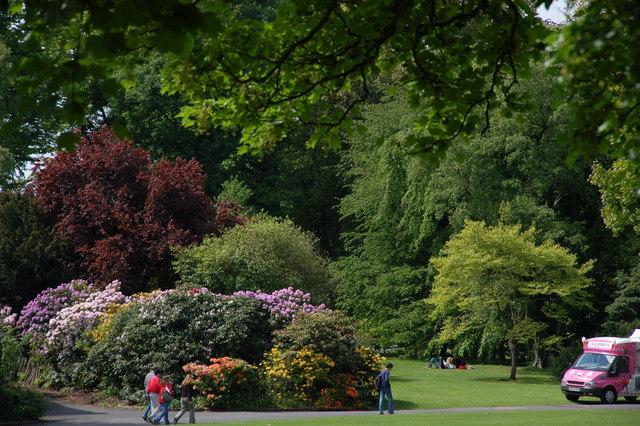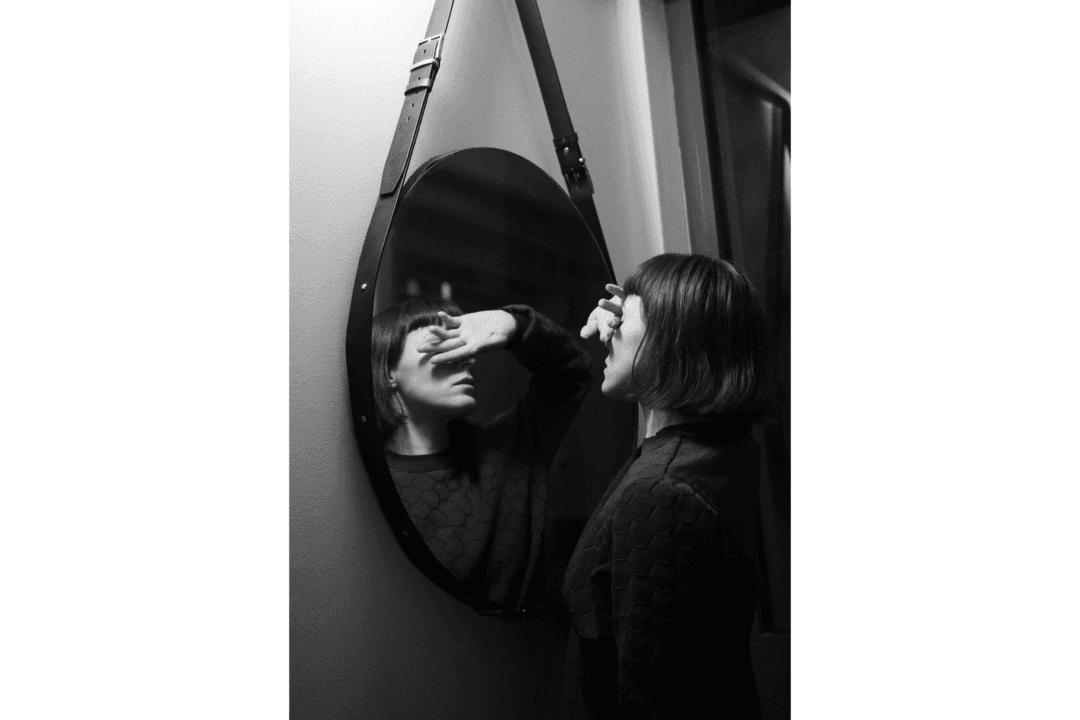NEW YORK—Amidst the quietude of the New York Historical Society’s second floor, gasps of “extraordinary!” and “amazing!” can be regularly heard. Visitors delight at the sublime landscapes captured realistically in oil paint by the Hudson River School artists of the 19th century.
The exhibit, on now through Feb. 21, is understated in its presentation, consisting of one large and open rectangular room lined with some of the greatest works from this loose association of artists. No grand marquee reads: “This is the Hudson River School; bow down in respect,” but perhaps there should be one.
Before movies, television, and even photography, these paintings played a huge role in giving people a sense of creative fulfillment.
As one Hudson River School artist Asher B. Durand put it, a 19th century man who owned a landscape painting could sit down after a long day of work and mentally walk into the painting, finding “pleasant reminiscences and grateful emotions will spring up at every step, and care and anxiety will retire far behind him.”
In one case, painter John Trumbull decided to create a large circular panoramic view of Niagara Falls, which he planned to take to London and sell tickets for. The venture fell apart, but the long thin paintings remain. The story, among others, is recorded in an excellent book on the Hudson River School by Linda S. Ferber of the Society.
The centerpiece of the exhibit is a five-paintings series by Hudson River School figurehead Thomas Cole that tells the epic story of the rise and brutal decline of an ancient empire. Each painting giving us glimpses across the millennia from roughly the same vantage point with a single boulder on a mountain in the background remaining the same.








